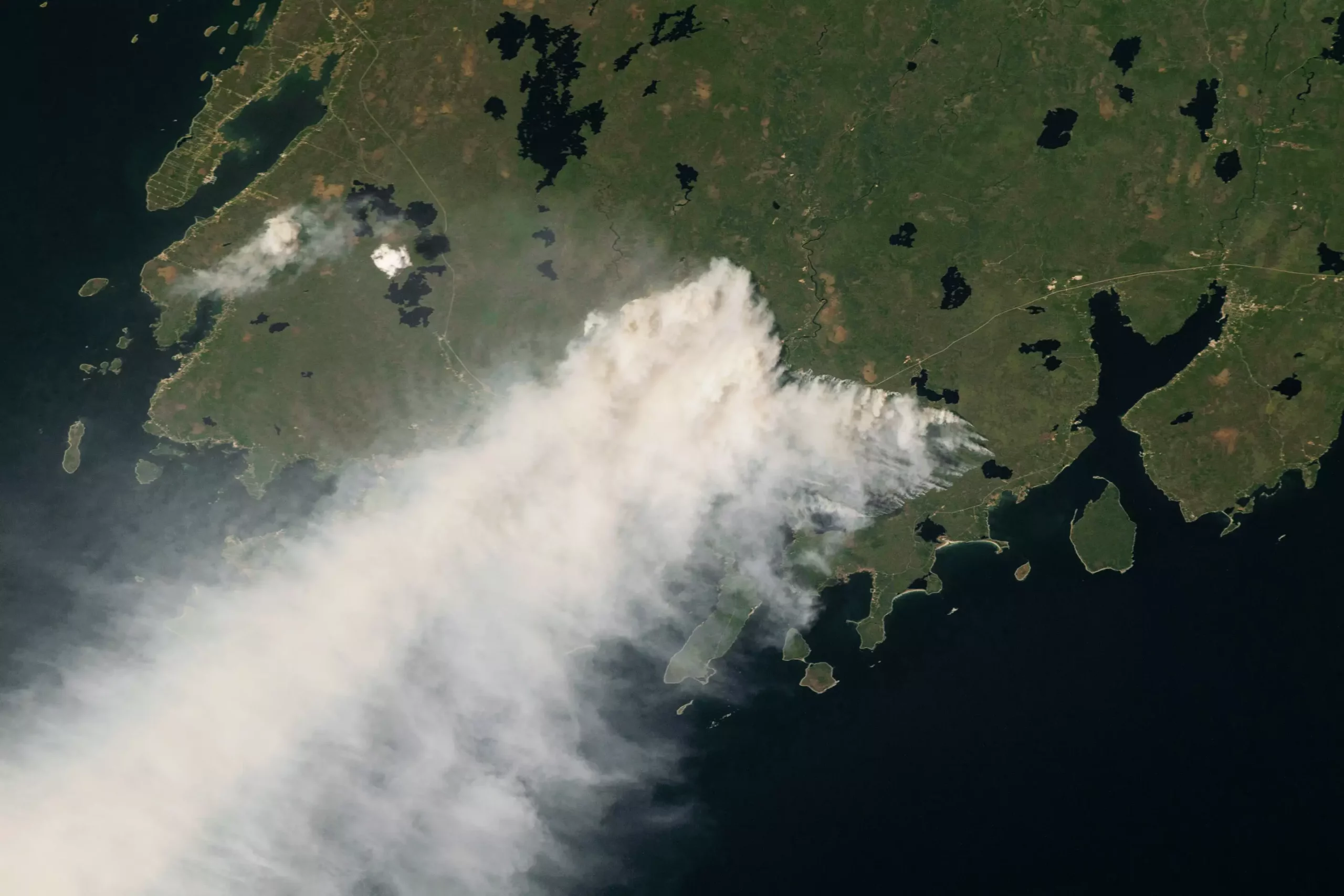

The year 2023 was marked by devastating forest fires in Canada, which led to the release of approximately 640 million metric tons of carbon into the atmosphere. This amount is comparable to the annual fossil fuel emissions of a large industrialized nation. The fires, fueled by Canada’s warmest and driest conditions in decades, burned an area roughly the size of North Dakota from May to September 2023. A team of NASA scientists at the Jet Propulsion Laboratory in Southern California used satellite observations and advanced computing to quantify the carbon emissions from these extreme fires.
The research findings revealed that the carbon emissions from the Canadian fires exceeded the emissions from fossil fuel combustion by Russia and Japan in the previous year. This highlights the severity of the situation and the urgent need for action to address the impacts of wildfires on global carbon levels. While both wildfires and fossil fuel combustion release carbon dioxide (CO2) into the atmosphere, the scientists noted a crucial distinction. The carbon emitted from wildfires can be reabsorbed by Earth’s ecosystems as the forests regrow, whereas CO2 from burning fossil fuels remains in the atmosphere without natural offsetting processes.
An ESA instrument called the TROPOspheric Monitoring Instrument (TROPOMI) detected the fire plumes over Canada. This instrument, which flies aboard the Sentinel 5P satellite, is designed to measure air pollution and trace gases in the atmosphere. By analyzing the amount of carbon monoxide (CO) in the atmosphere during the fire season, the scientists were able to estimate the CO2 emissions from the wildfires. These findings shed light on the magnitude of the carbon emissions from the unprecedented Canadian fires.
The intensity of the 2023 Canadian fire season can be attributed to several factors, including extended drought, past fire management strategies, invasive species, and urban expansion into forested areas. Climate data revealed that Canada experienced its warmest and driest fire season since at least 1980, with temperatures soaring well above average and precipitation levels significantly below normal. These conditions created tinderbox-like environments across Canada’s forests, leading to widespread and severe wildfires.
The authors of the study warned that if events like the 2023 Canadian forest fires become more common, they could have a significant impact on global climate. Canada’s vast forests act as crucial carbon sinks, absorbing more CO2 than they release into the atmosphere. However, the increasing frequency and intensity of wildfires could diminish the forests’ capacity to sequester carbon, potentially accelerating climate warming. Climate models suggest that the temperatures and dry conditions experienced in 2023 could become the norm by the 2050s, further exacerbating fire activity in the future.
The extreme forest fires that ravaged Canada in 2023 had far-reaching consequences for global carbon emissions and climate stability. The unprecedented scale of carbon released into the atmosphere serves as a stark reminder of the urgent need to address the underlying factors contributing to the intensification of wildfires. As we confront the challenges of a changing climate, it is essential to prioritize sustainable forest management practices and mitigate the impacts of wildfires on our planet’s fragile ecosystems.
In the world of pharmaceuticals, innovation often hinges on finding new compounds that can lead…
In the heart of the Amazon basin, drastic climate changes present an alarming reality that…
Air fryers have rapidly surged in popularity, captivating home cooks and culinary enthusiasts alike. When…
In an era where technology and social media reign, the importance of sleep often takes…
In an era where environmental consciousness is paramount, the maritime industry has long been scrutinized…
Radionuclides, often relegated to discussions surrounding nuclear energy and radioactive waste, have far-ranging implications for…
This website uses cookies.